Explore one of Chicago’s hidden gems: the Chicago Capoeira Center, where students can learn about capoeira, music, Portuguese and Brazilian heritage.
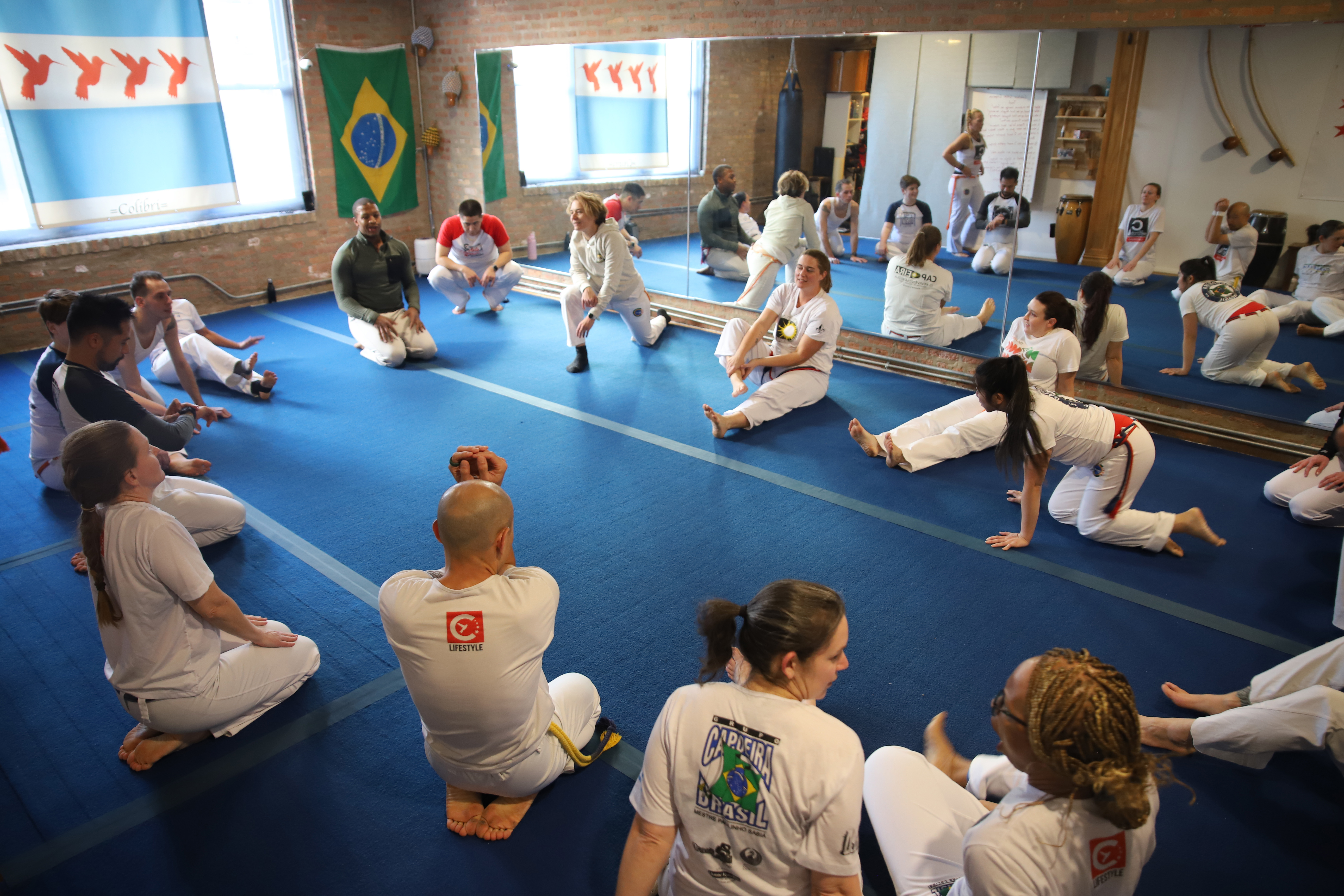
Students attending an event at the Chicago Capoeira Center gather in a circle to stretch before practice January 11, 2025. Capoeira is an Afro-Brazilian martial art and game incorporating a medley of dance, music, spirituality, and acrobatics. The event, “Encontro dos Alunos” (Students’ Gathering), provides intensive capoeira training to students and teachers from affiliate and satellite schools. Photo by Morgan Kirsch.
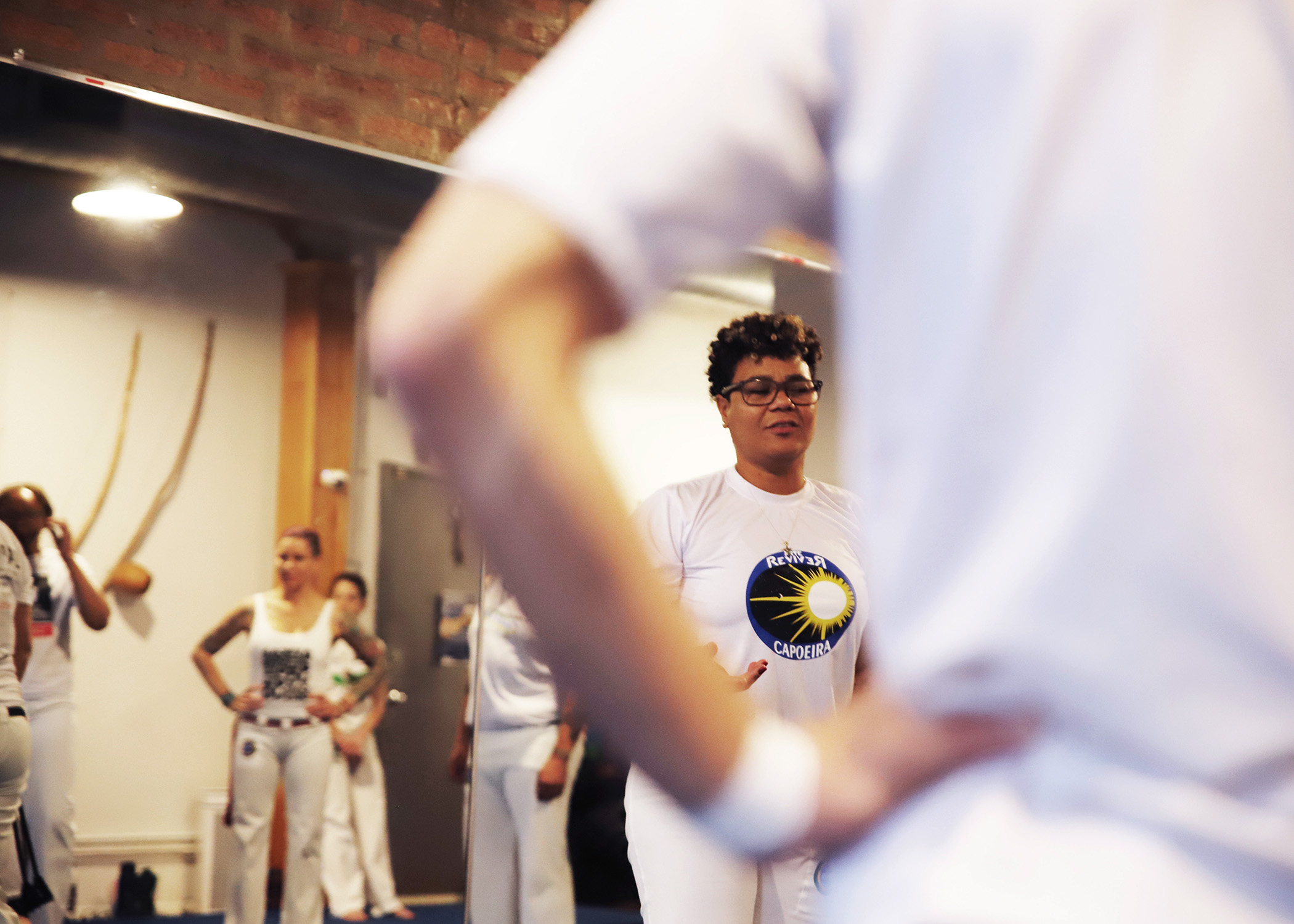
Katia “Mestra Colibri” da Conceição corrects a student’s form at the Chicago Capoeira Center January 11, 2025. In 2016, after years of teaching in Brazil, New York and Chicago, Mestra Colibri created the center that instructs students of various skill levels in capoeira, Afro-Brazilian dance and the Portuguese language. Photo by Morgan Kirsch.
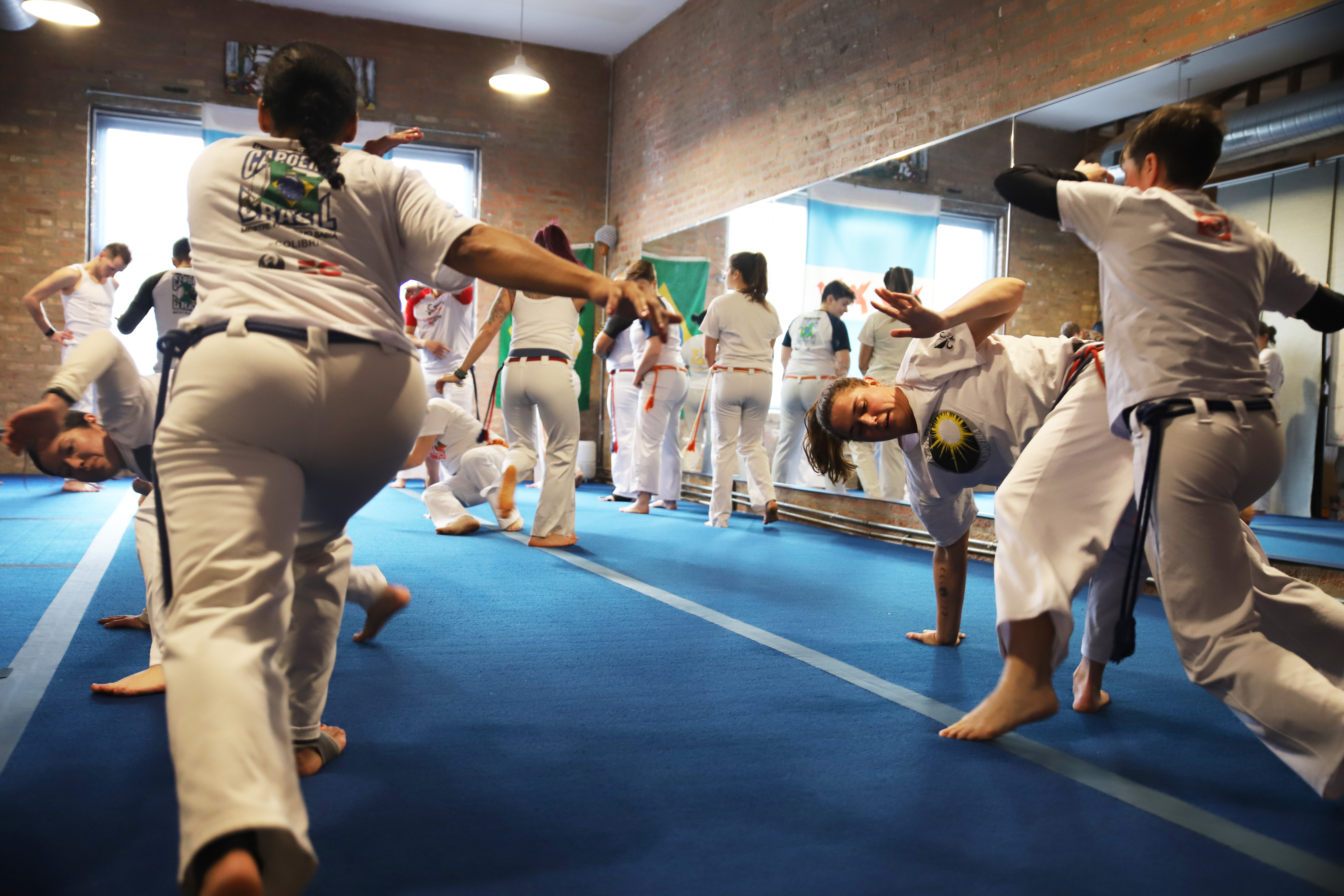
Olivia “Instrutora Iansã” Holloway (left) and Becki “Monitora Coelha” Conant (right) practice takedowns with other students at the Chicago Capoeira Center January 11, 2025. Nicknames, or “Nomes de Guerra” in capoeira, began during the 19th century when the martial art was outlawed and practitioners needed to conceal their identities. Today, these nicknames are considered a rite of passage, celebrating each practitioner’s individuality and skill while fostering a sense of community. Photo by Morgan Kirsch
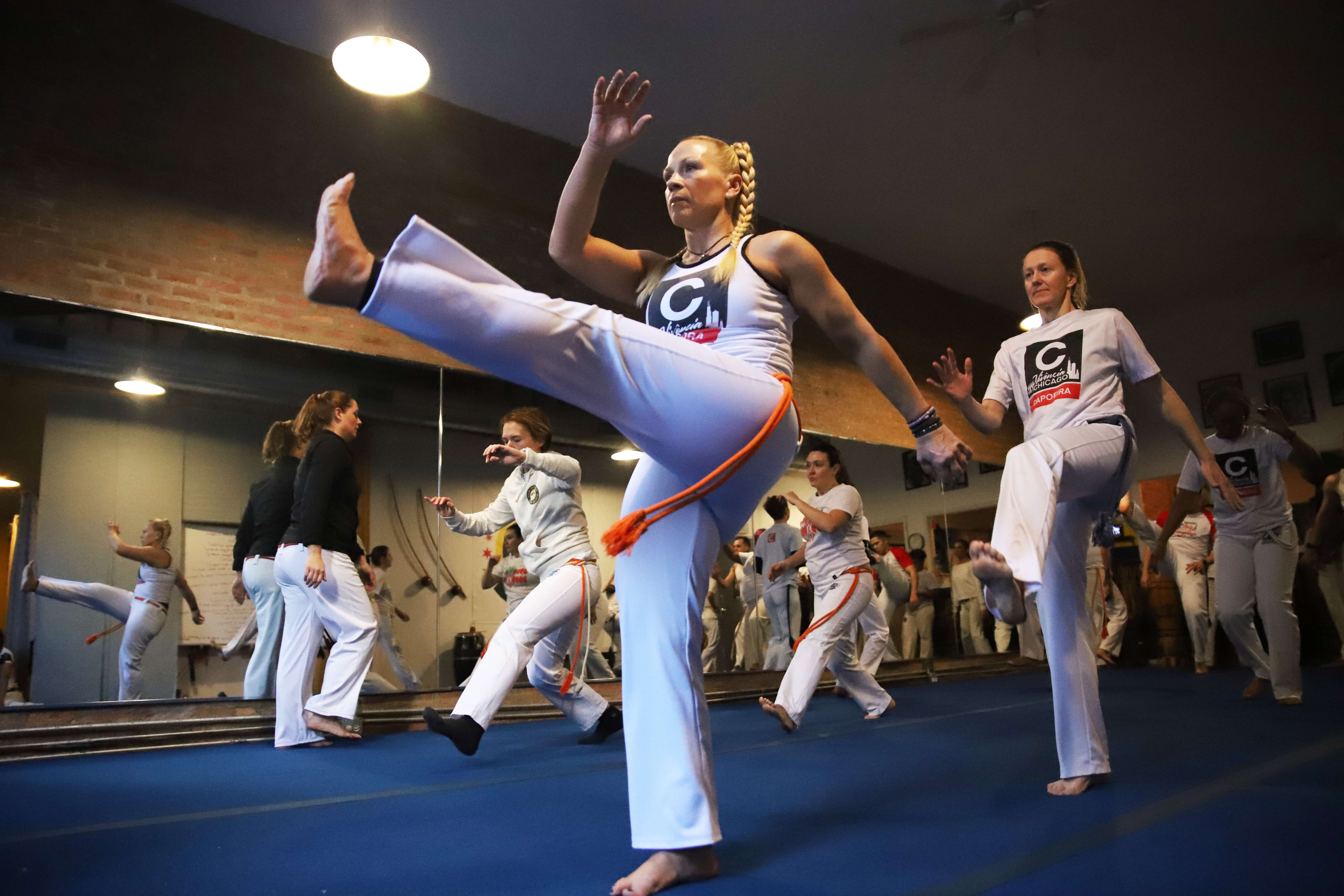
Kara “Chitara” Brodeur (left) and Amber “Instrutora Encantada” Ray (right) practice warmup stretches at the Chicago Capoeira Center January 11, 2025. The warmup stretches help with students’ ease of movement for the rigorous flexibility, strength and mobility demanded of certain capoeira moves. Photo by Morgan Kirsch.
- Pedro “Instrutor Fantasma” Del Cioppo Vasques (left) and Nedy “Monitor Gunga” Caraballo Planas (right) prepare to play their berimbau, a traditional Angolan musical bow from Brazil at the Chicago Capoeira Center January 11, 2025. Music helps set the tempo and style and accompanied capoeira in 16th century Brazil to disguise the martial art as a dance, allowing enslaved Africans to practice fighting and self-defense. Photo by Morgan Kirsch.
- A student observes capoeira practice before their lesson while playing the pandeiro, similar to a tambourine, at the Chicago Capoeira Center January 11, 2025. The center makes an effort to ensure not only a mastery of movement among capoeira students, but also foster a deeper connection between Chicagoan and Brazilian heritage. Photo by Morgan Kirsch.
- Patrick “Instrutor Arrepiado” Javier and other students stretch down a line at the Chicago Capoeira Center January 11, 2025. As an “instrutor”, Javier has achieved a rank and mastery over capoeira where he can teach beginner and intermediate students. Photo by Morgan Kirsch.
- Javier demonstrates a “queixada”, or a sideways, circular kick, while Colibri executes an “esquiva”, or a defensive dodge, at the Chicago Capoeira Center January 11, 2025. This exchange of attack and defense showcases fundamental movements of the martial art. Javier is a long-time student of the center, having studied the versatile martial art for 10 years now. Photo by Morgan Kirsch.
- Camille “Monitora Esperta” Dy (left) and Mestra Colibri (right) laugh together after a takedown at the Chicago Capoeira Center January 11, 2025. Photo by Morgan Kirsch.
- Mestra Colibri tests the strength of students’ “ginga” or base position, stances by checking their arms and determining if their foundation is solid at the Chicago Capoeira Center January 11, 2025. Ginga is a foundational movement of capoeira that appears like a rhythmic dance step, but is actually a fighting stance that serves as a base for all other movements. Photo by Morgan Kirsch.
- Jennifer “Professora Água-viva” Hobbs (left), Javier (center), Leah “Perigosa” Neustadt (right) and other students warmup to practice “ginga” (base position) at the Chicago Capoeira Center January 11, 2025. Photo by Morgan Kirsch.
- Renato “Xogunato” Tosoc (front) and “Bumba Meu Boi” (back) engage in a “jogo” (game), exchanging to the tunes their peers play on the berimbau, an Angolan musical bow, at the Chicago Capoeira Center January 11, 2025. Rather than more formal and competitive sparring, “jogo” emphasizes strategy, creativity and physicality. Photo by Morgan Kirsch.
- Students play Brazilian drums known as “atabaques,” which are often used to accompany capoeira at the Chicago Capoeira Center January 11, 2025. Photo by Morgan Kirsch.
- Mestra Colibri demonstrates a takedown move while some students rest during their water break at the Chicago Capoeira Center January 11, 2025. Students take classes at the center for many reasons, some drawn to the history and culture behind the art and others to the instrumental music, singing, and athletic challenges. Photo by Morgan Kirsch.
- Mestra Colibri uses an incorrect technique for the “tesoura trançada”, or scissor takedown to demonstrate common mistakes for students to avoid at the Chicago Capoeira Center January 11, 2025. Photo by Morgan Kirsch.
- Kara “Chitara” Brodeur (middle), Kim “Jaboticaba” Singletary (right) and other students observe a demonstration by Mestra Colibri at the Chicago Capoeira Center January 11, 2025. Photo by Morgan Kirsch.
- A student sits before stretching at the Chicago Capoeira Center January 11, 2025. The event also served as an assessment of students’ levels of skill and mastery of the craft before their “Batizado e Troca de Cordas” (Baptism and Changing of Belts) on May 25, 2025. The belt system in capoeira progresses from student to professor to “mestre,” or master, with a corresponding variety of belt colors. Photo by Morgan Kirsch.
- Mestra Colibri, a skilled capoeira master and founder of the Chicago Capoeira Center, demonstrates a combination of moves to students before assessing their skill levels January 11, 2025. Photo by Morgan Kirsch.
Header by Morgan Kirsch


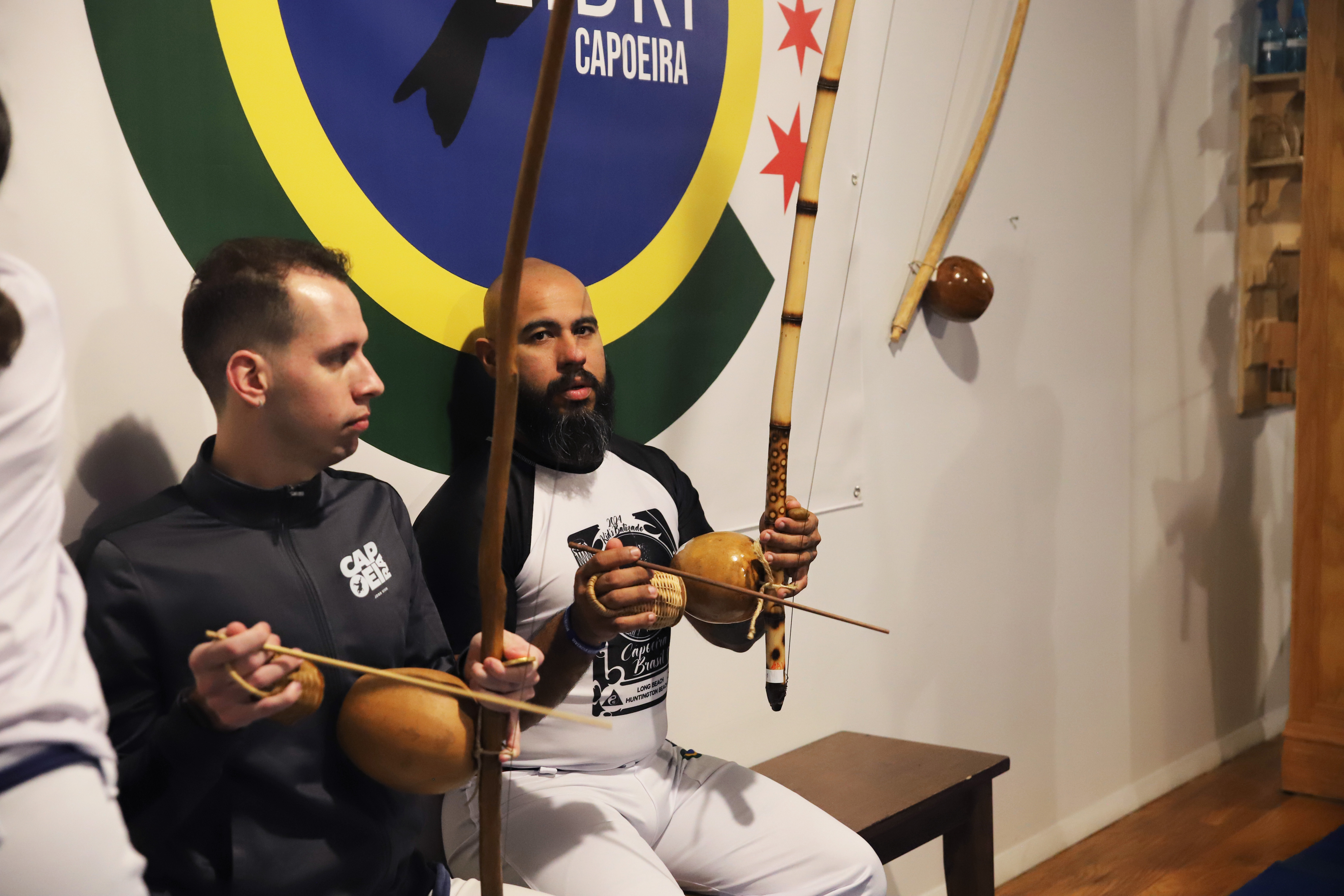
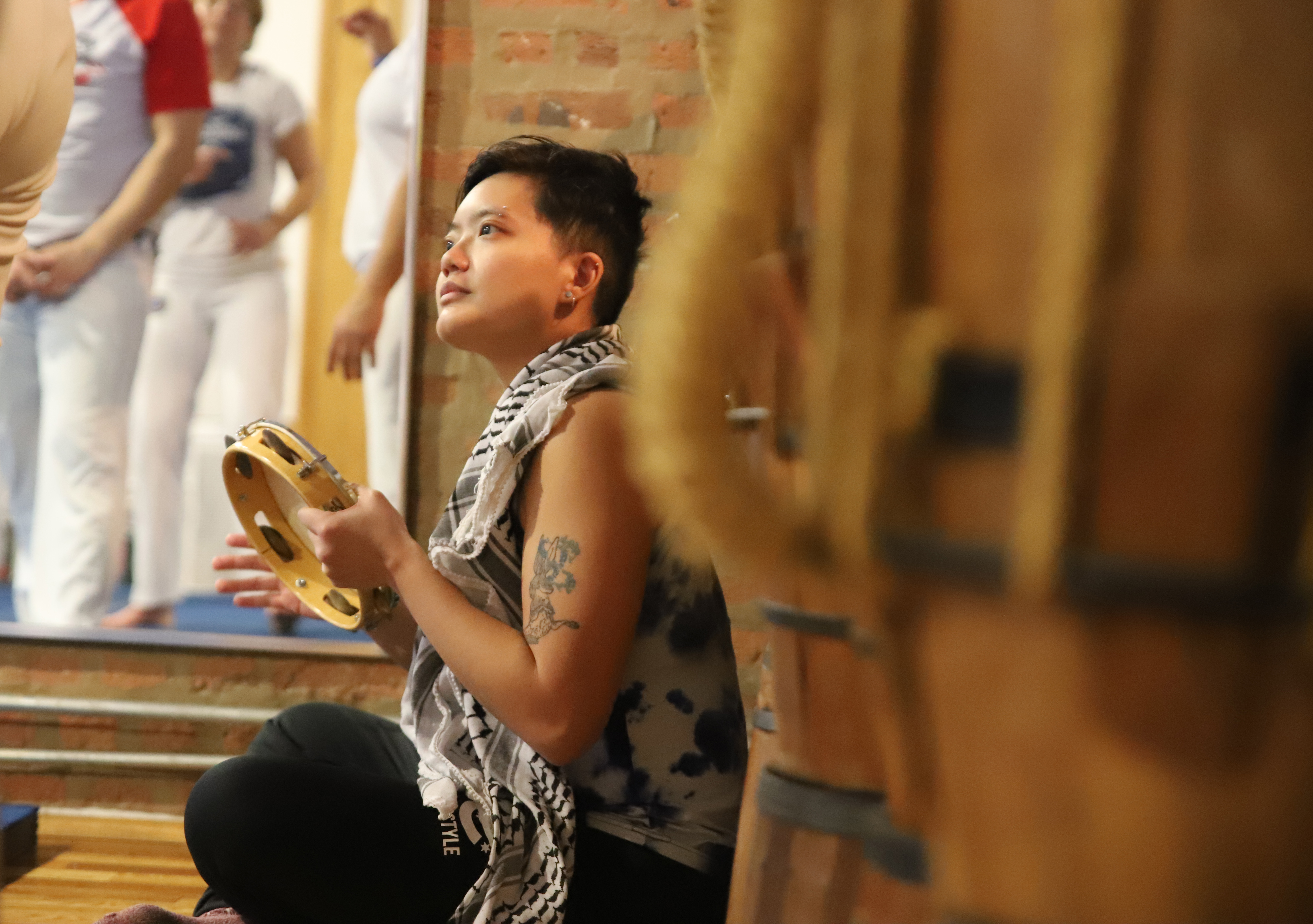
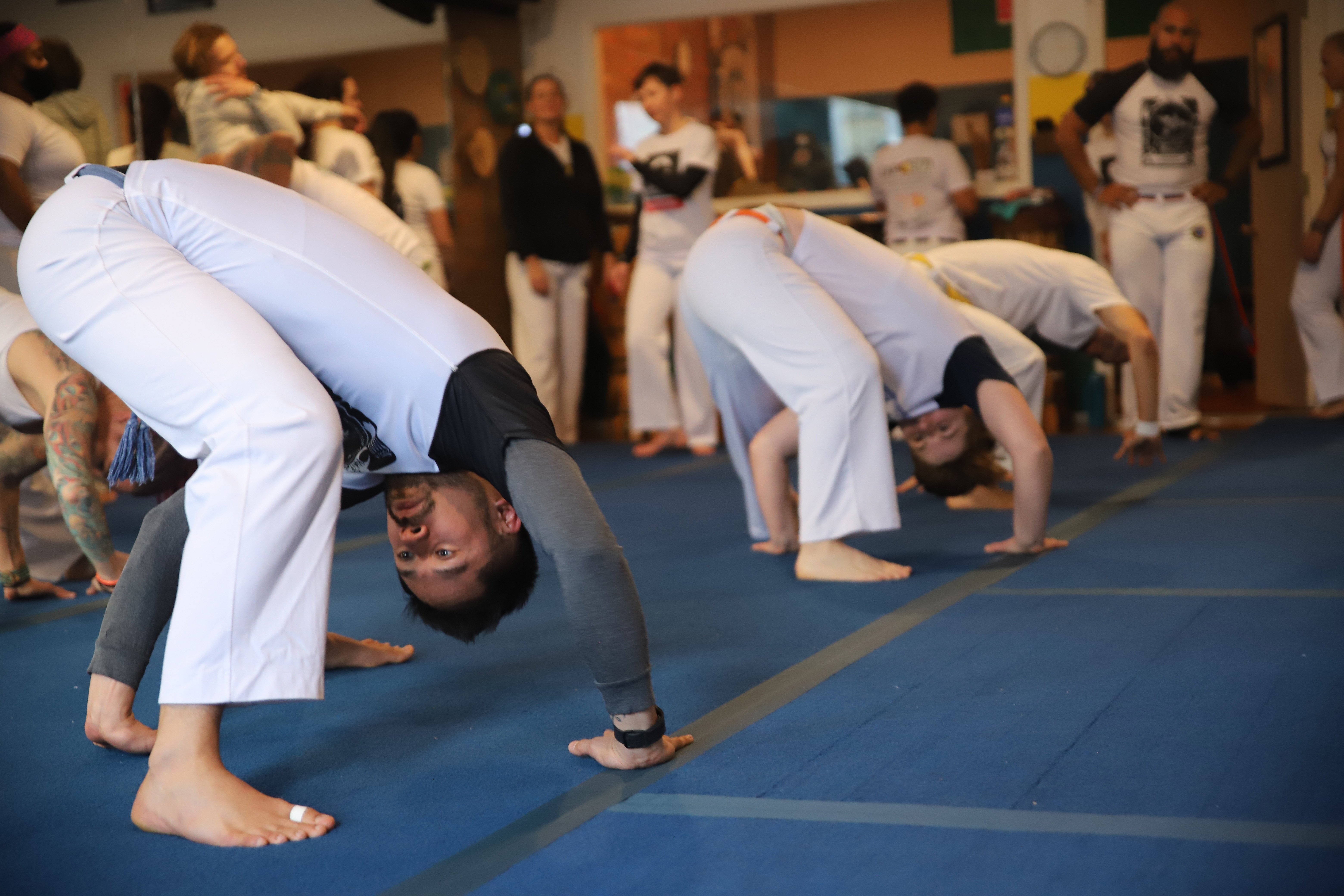
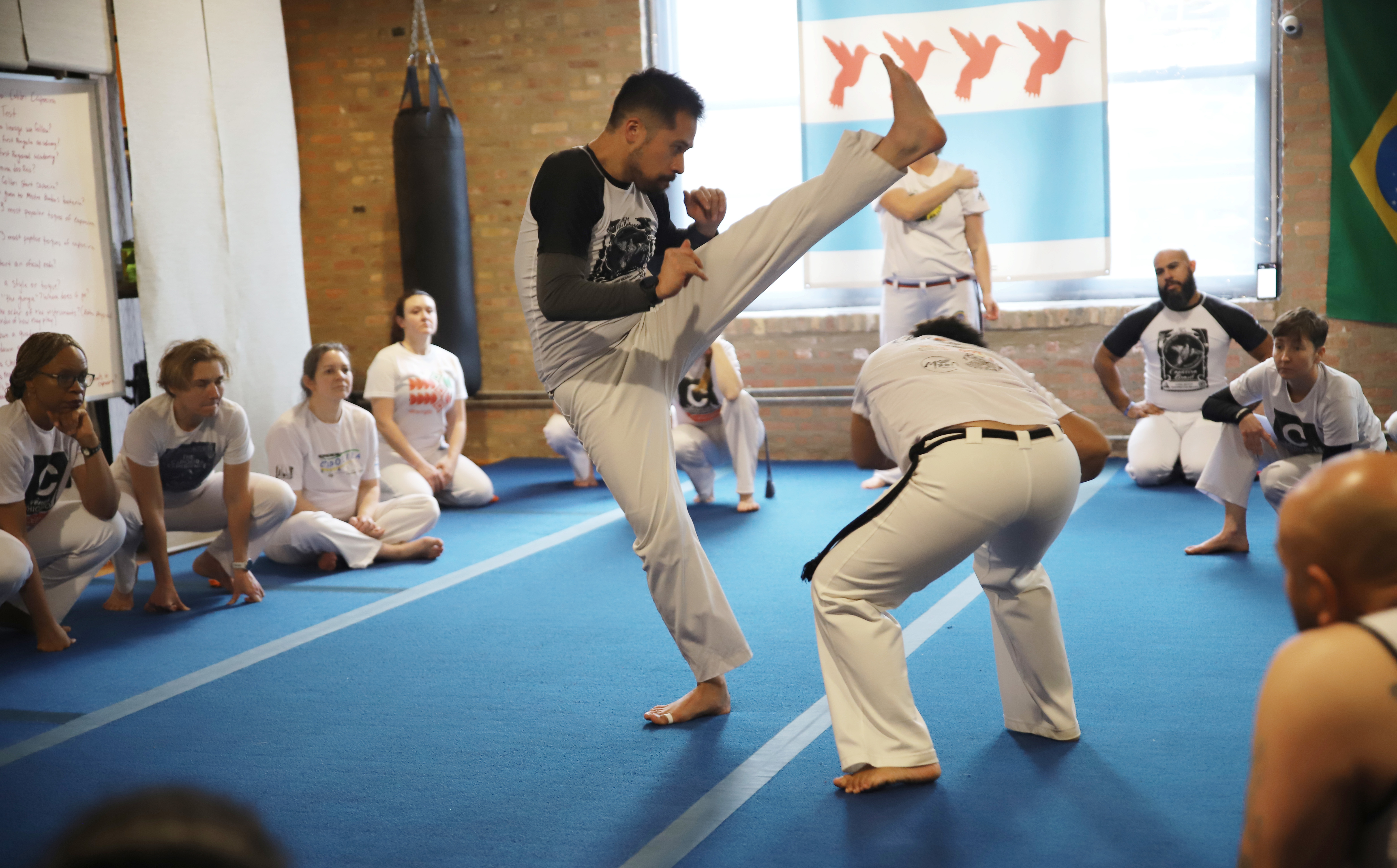
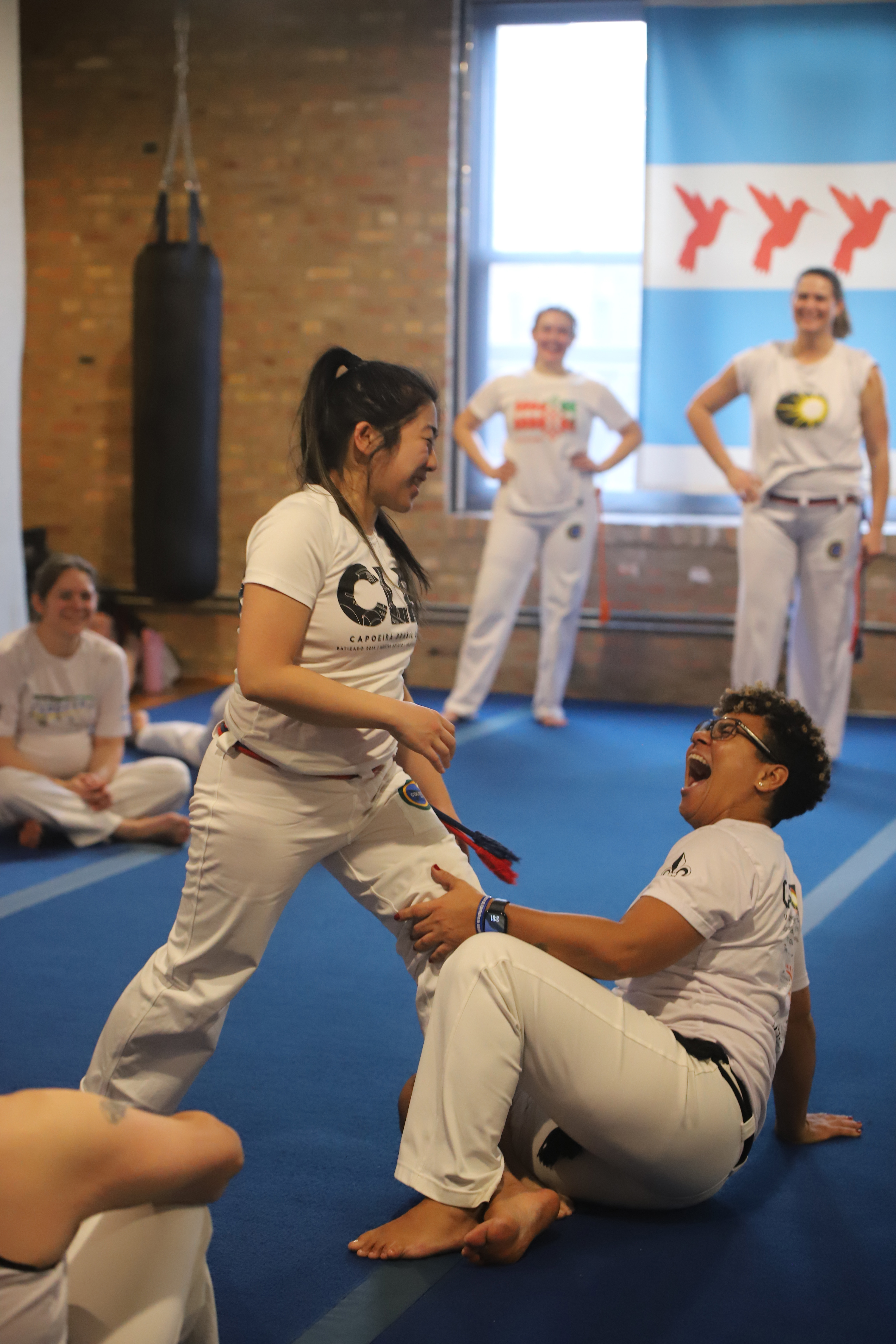
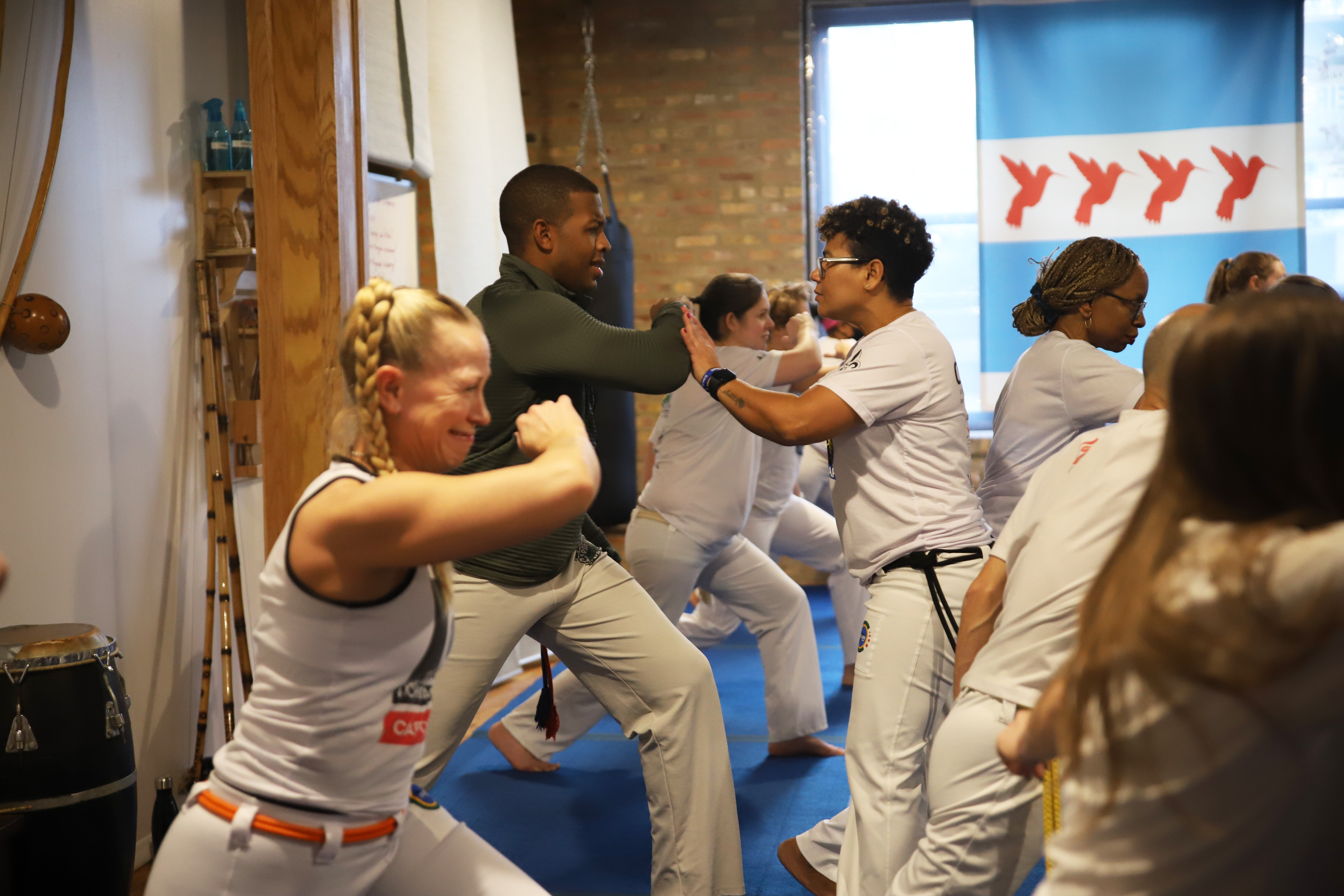
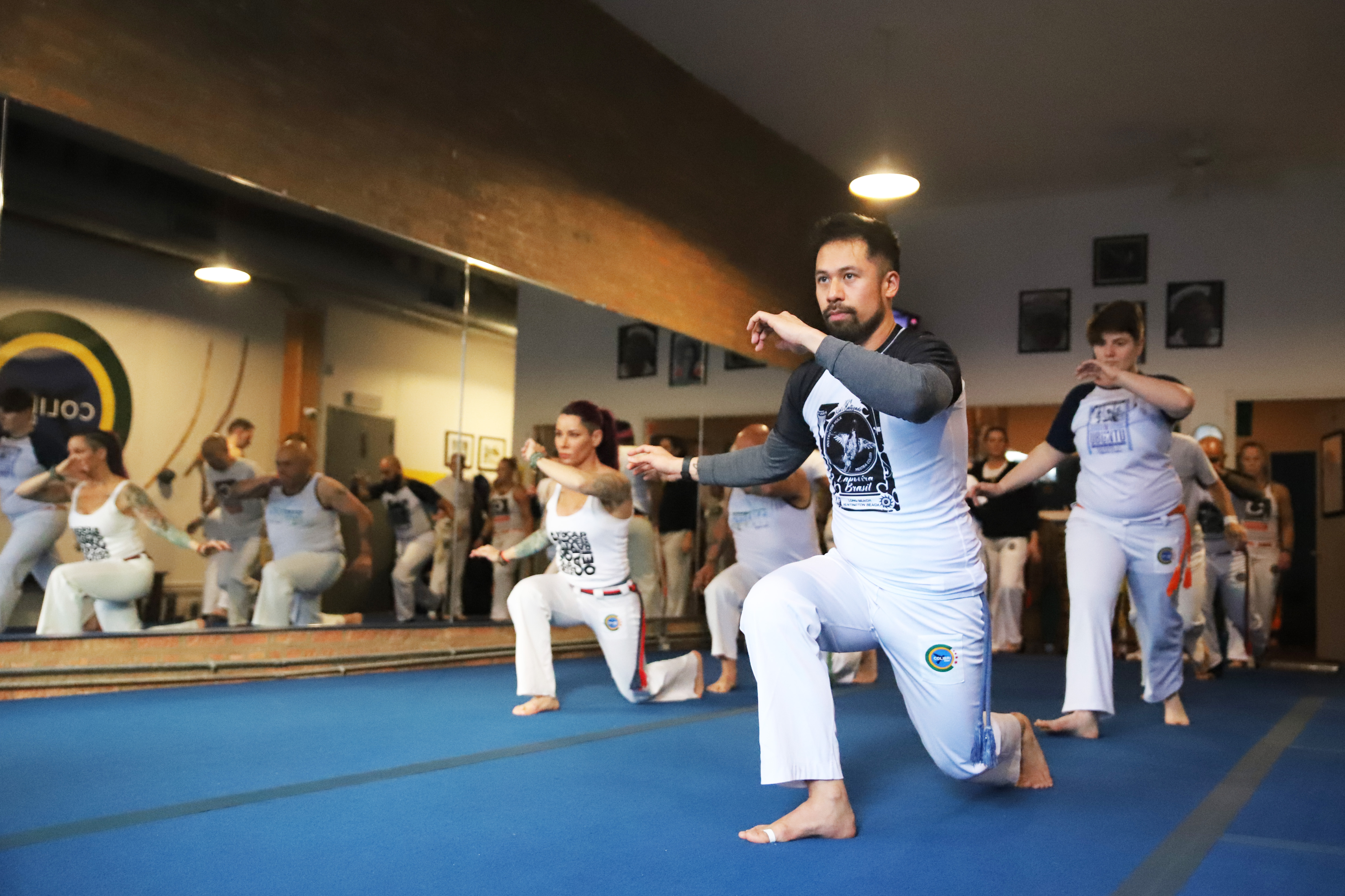
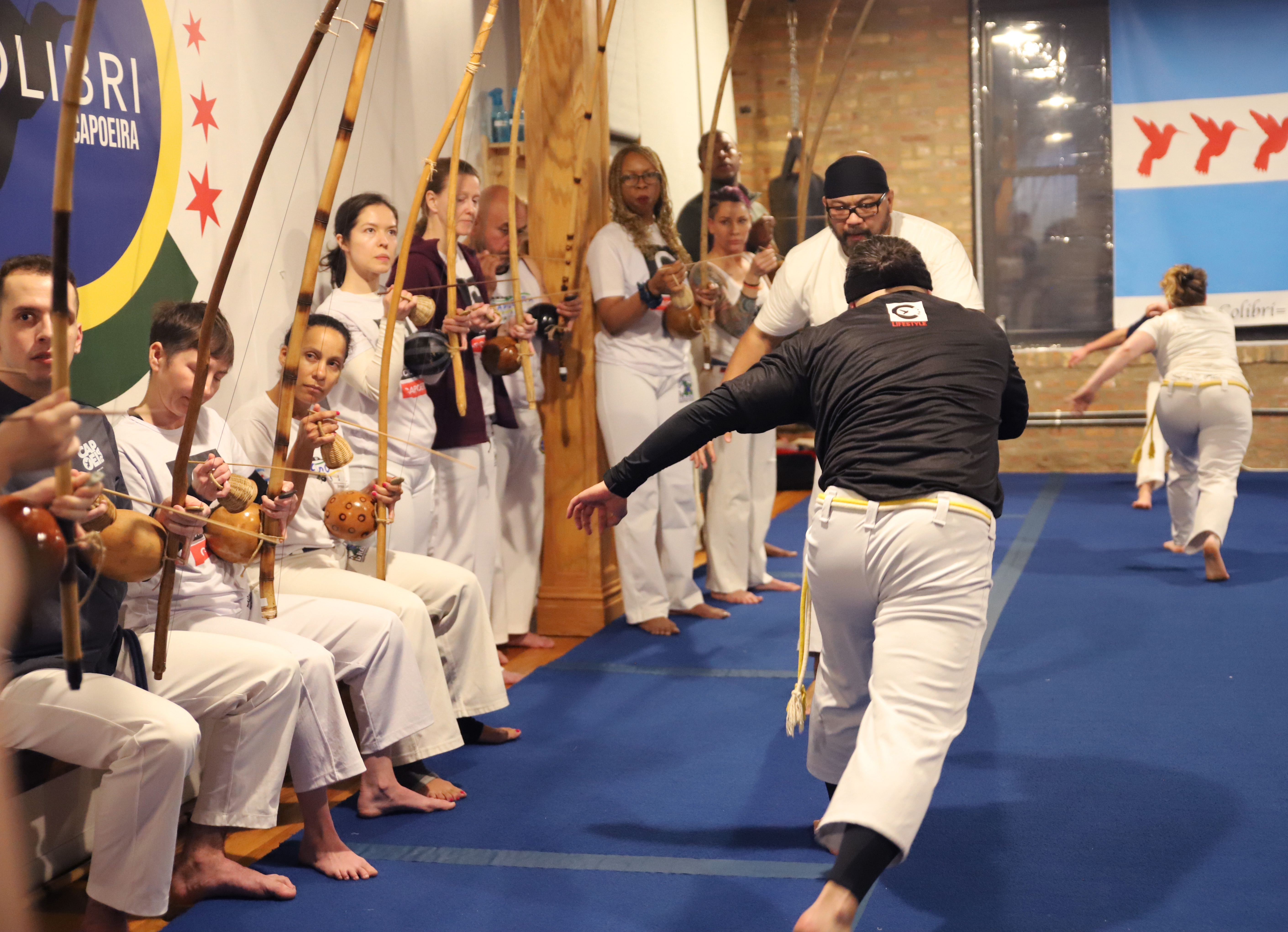
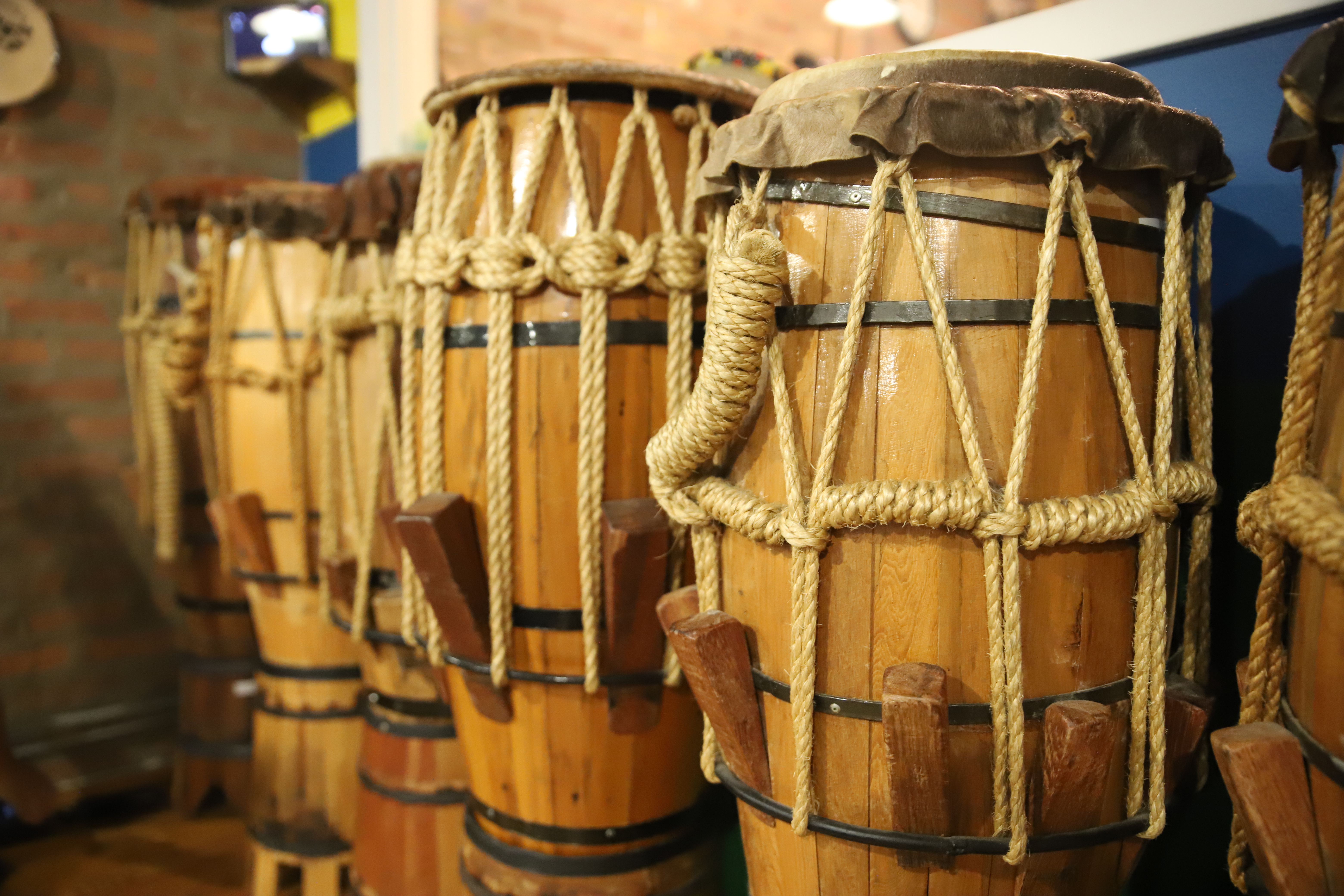
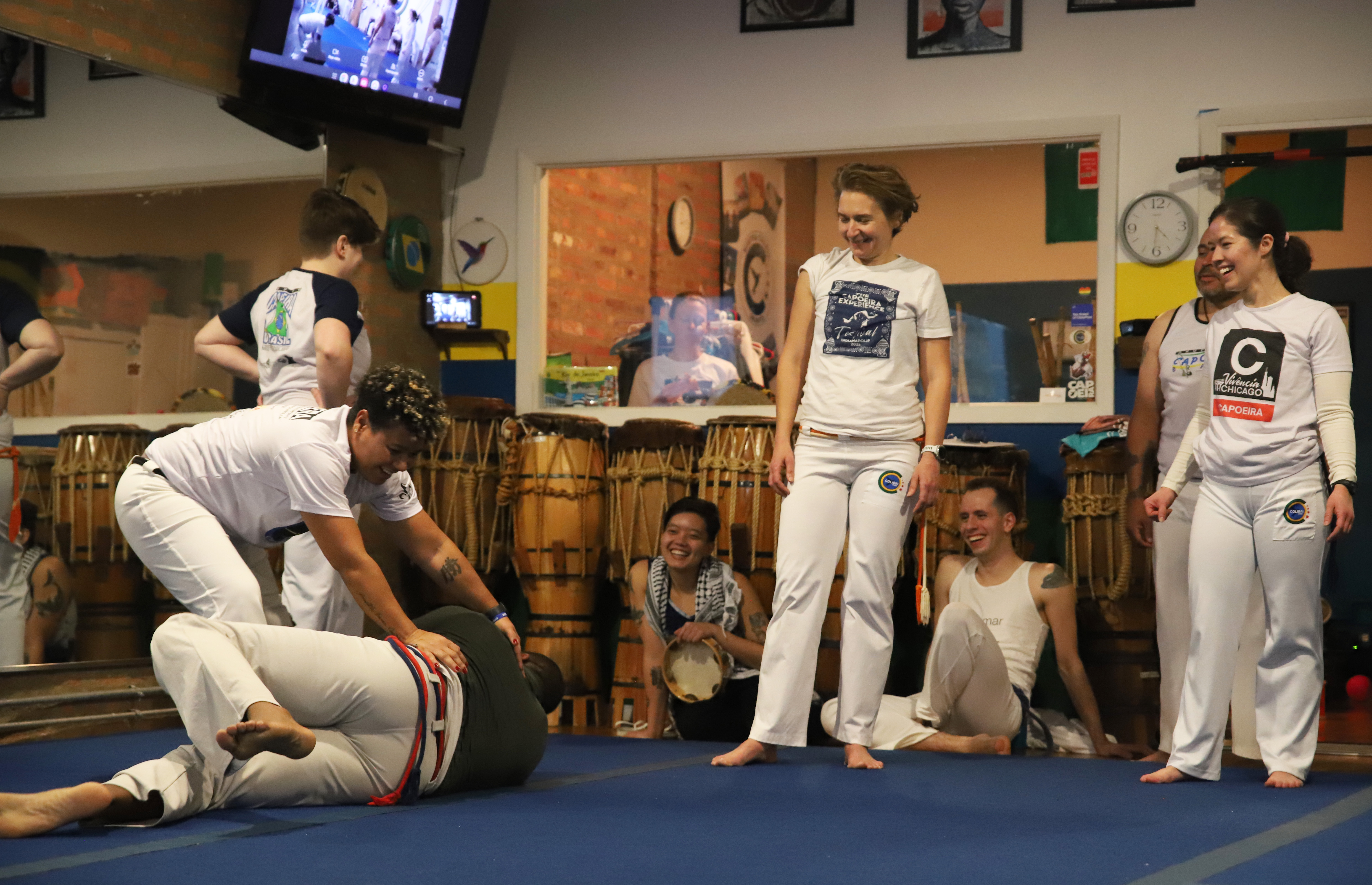
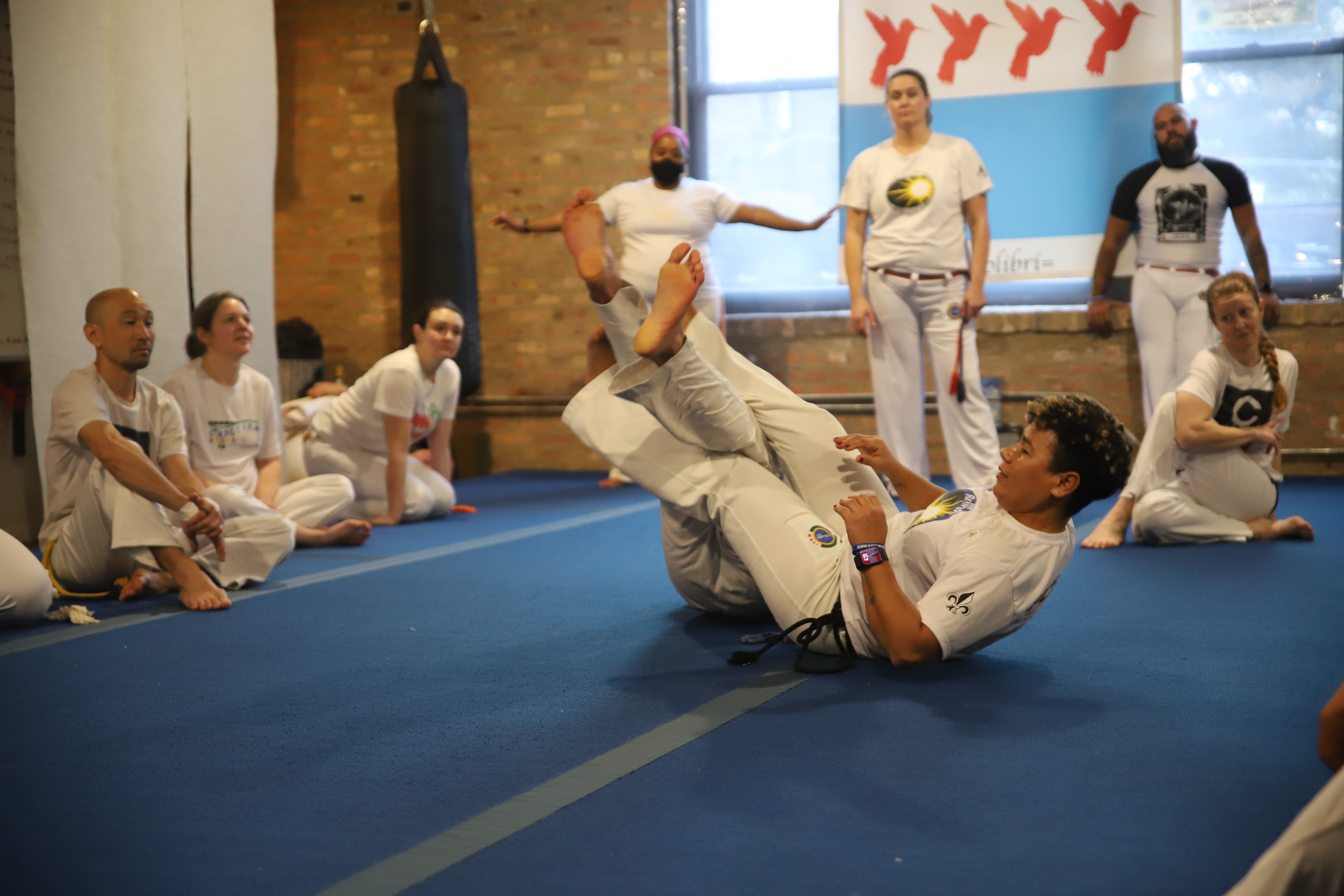
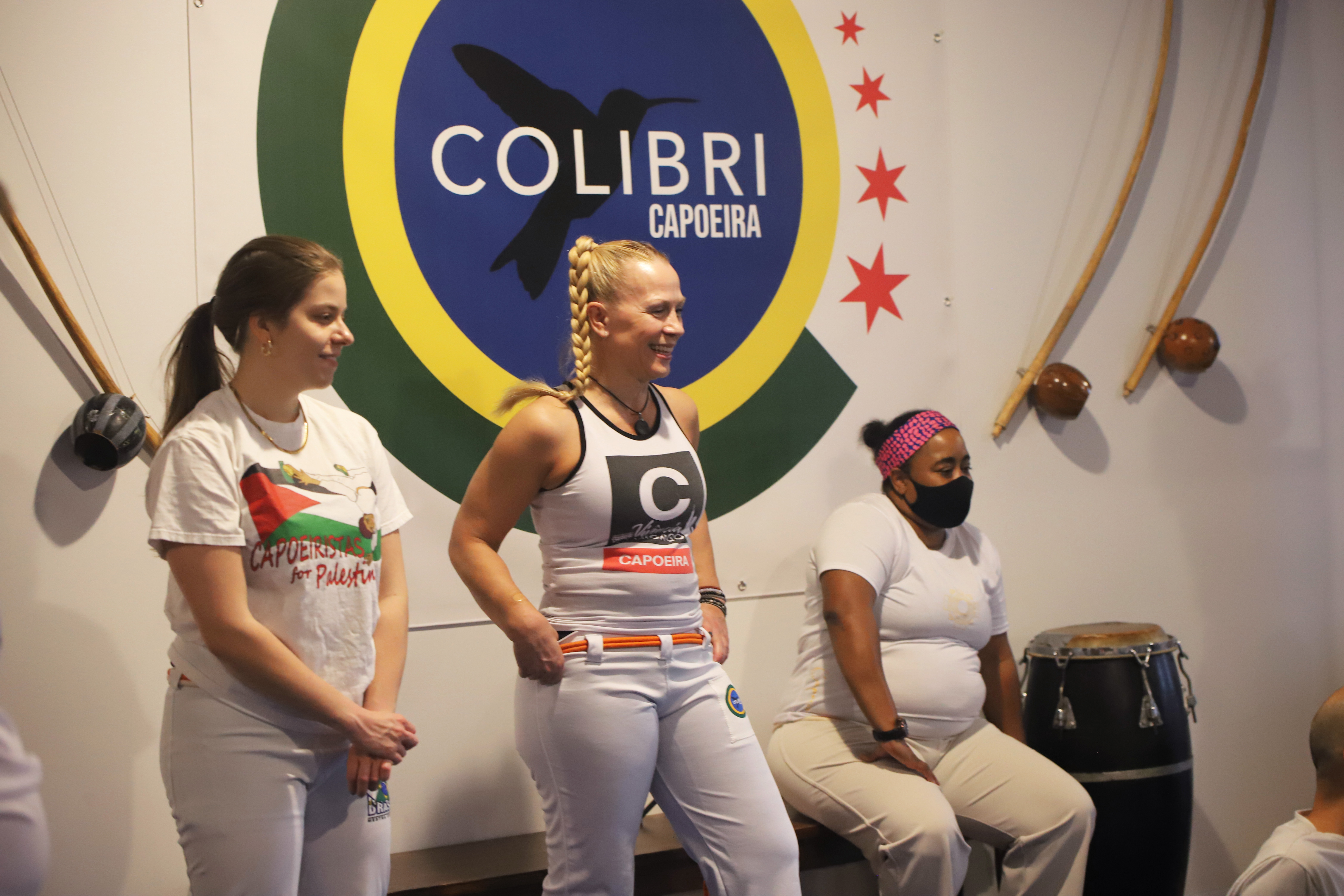
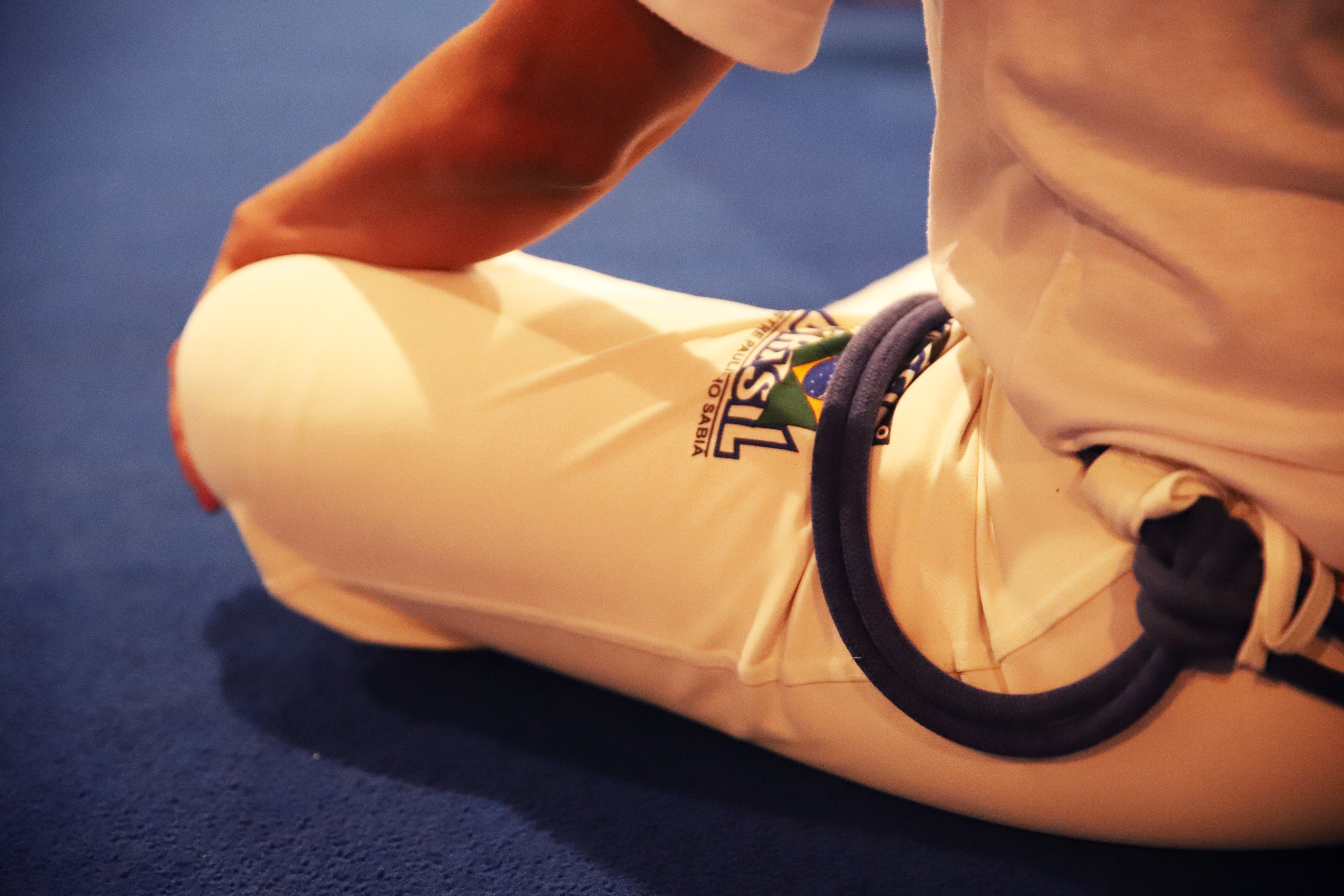
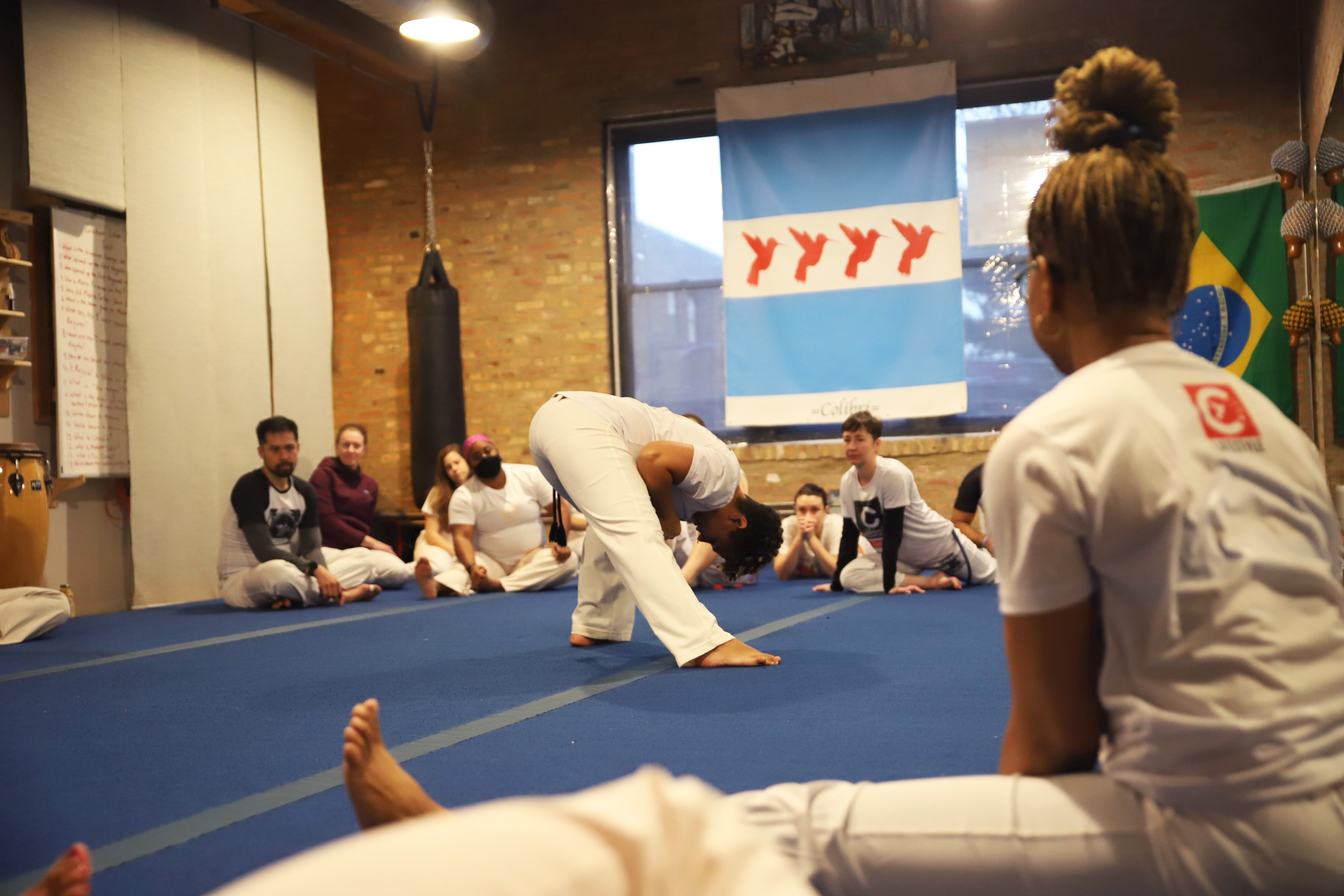

NO COMMENT